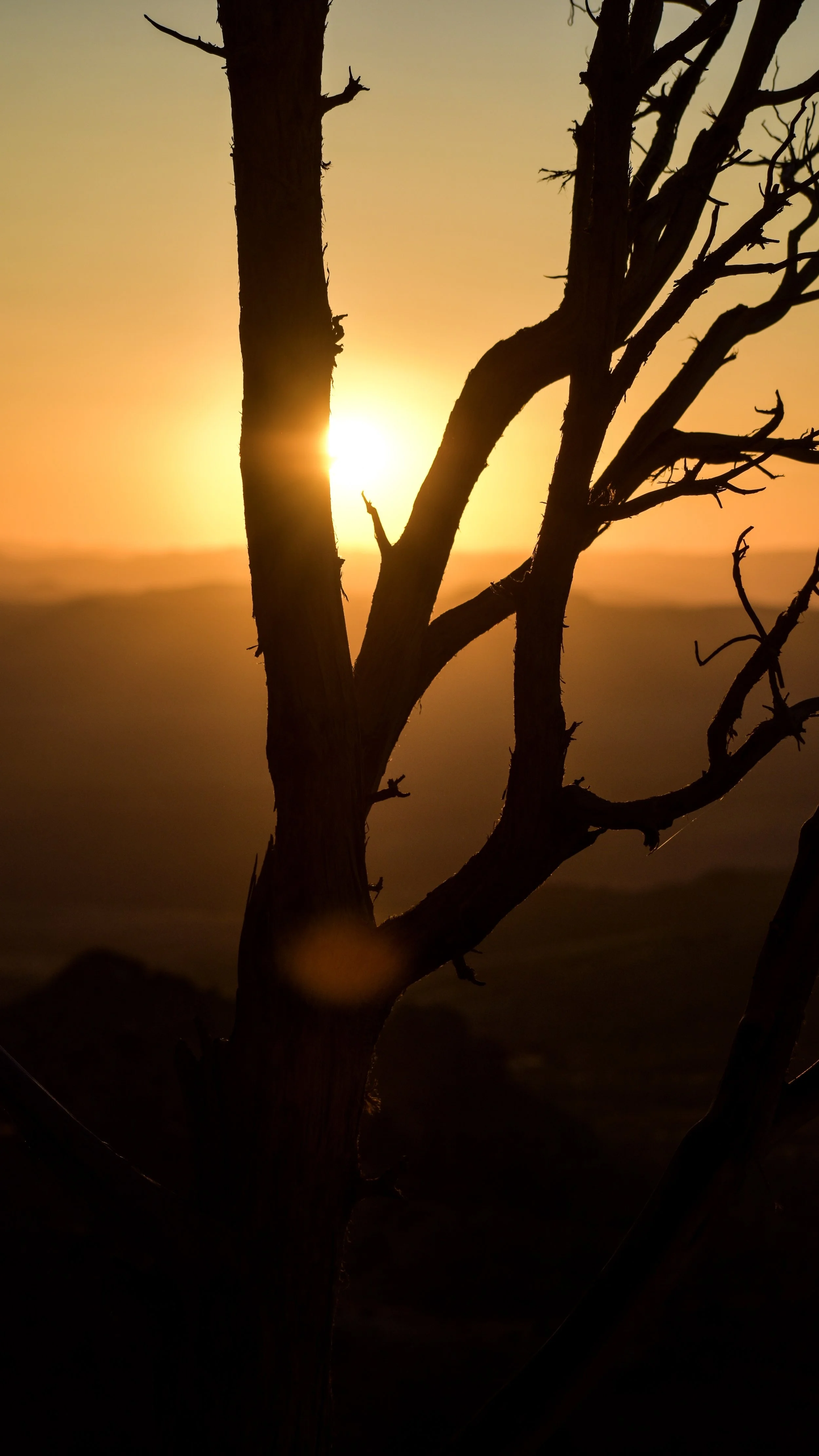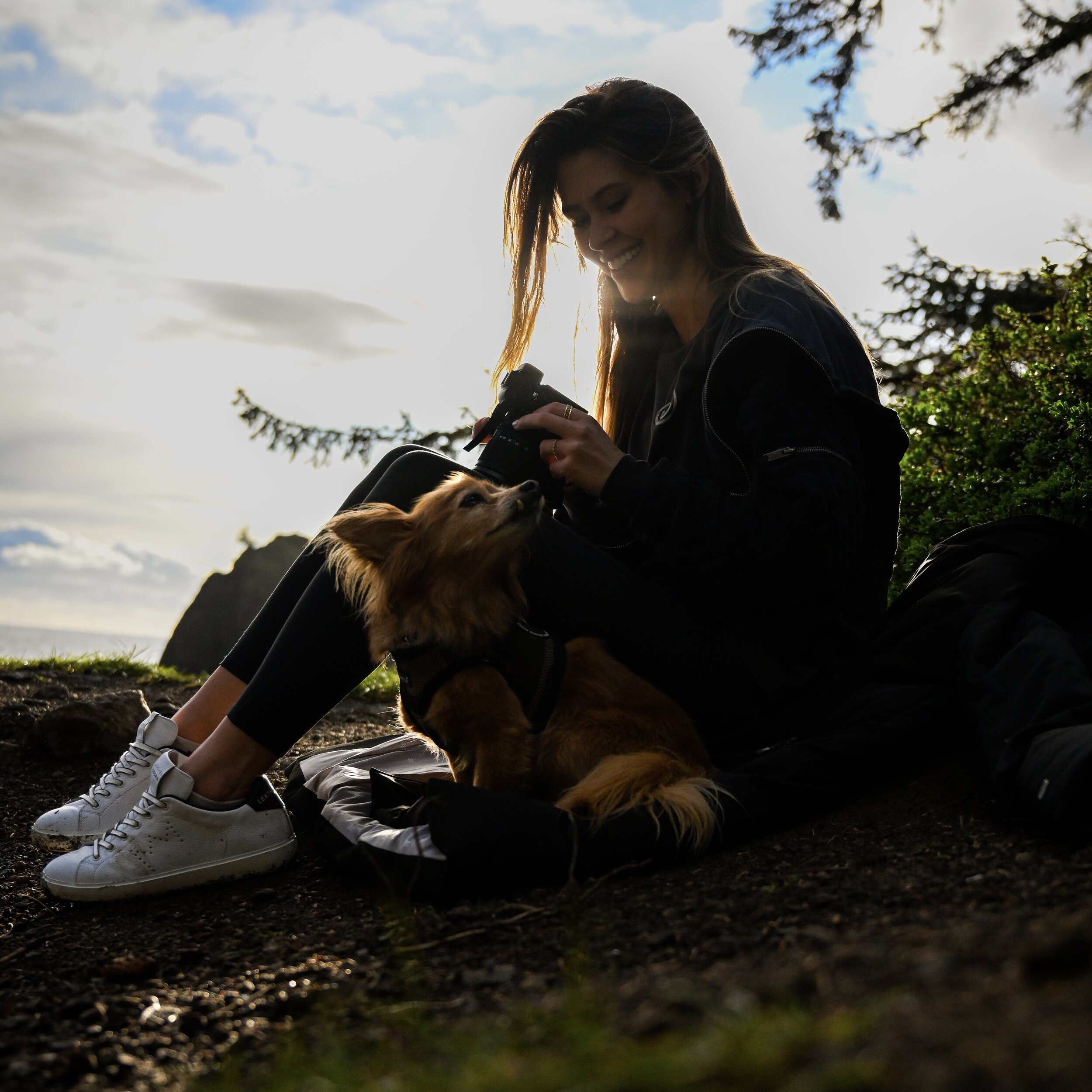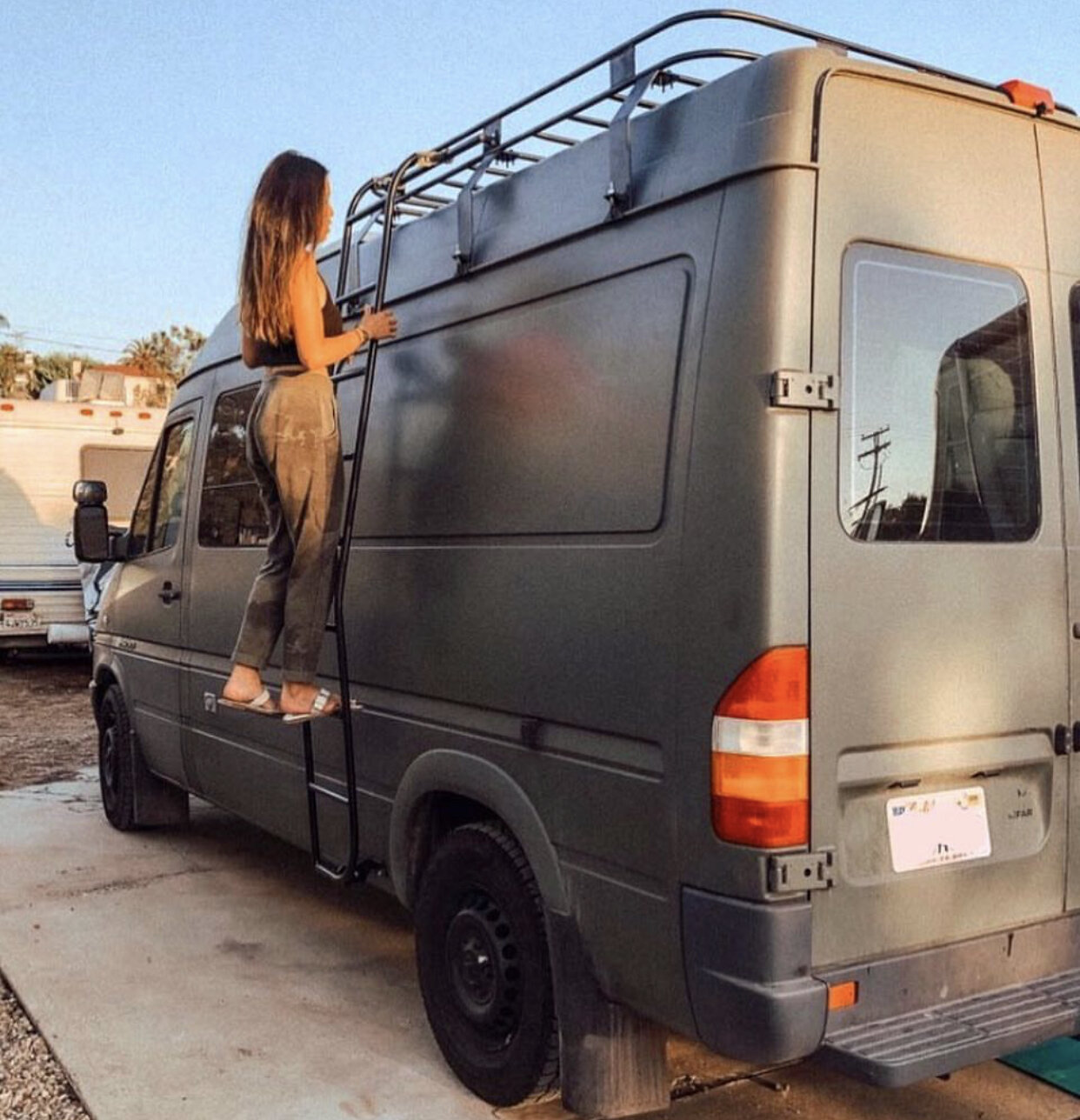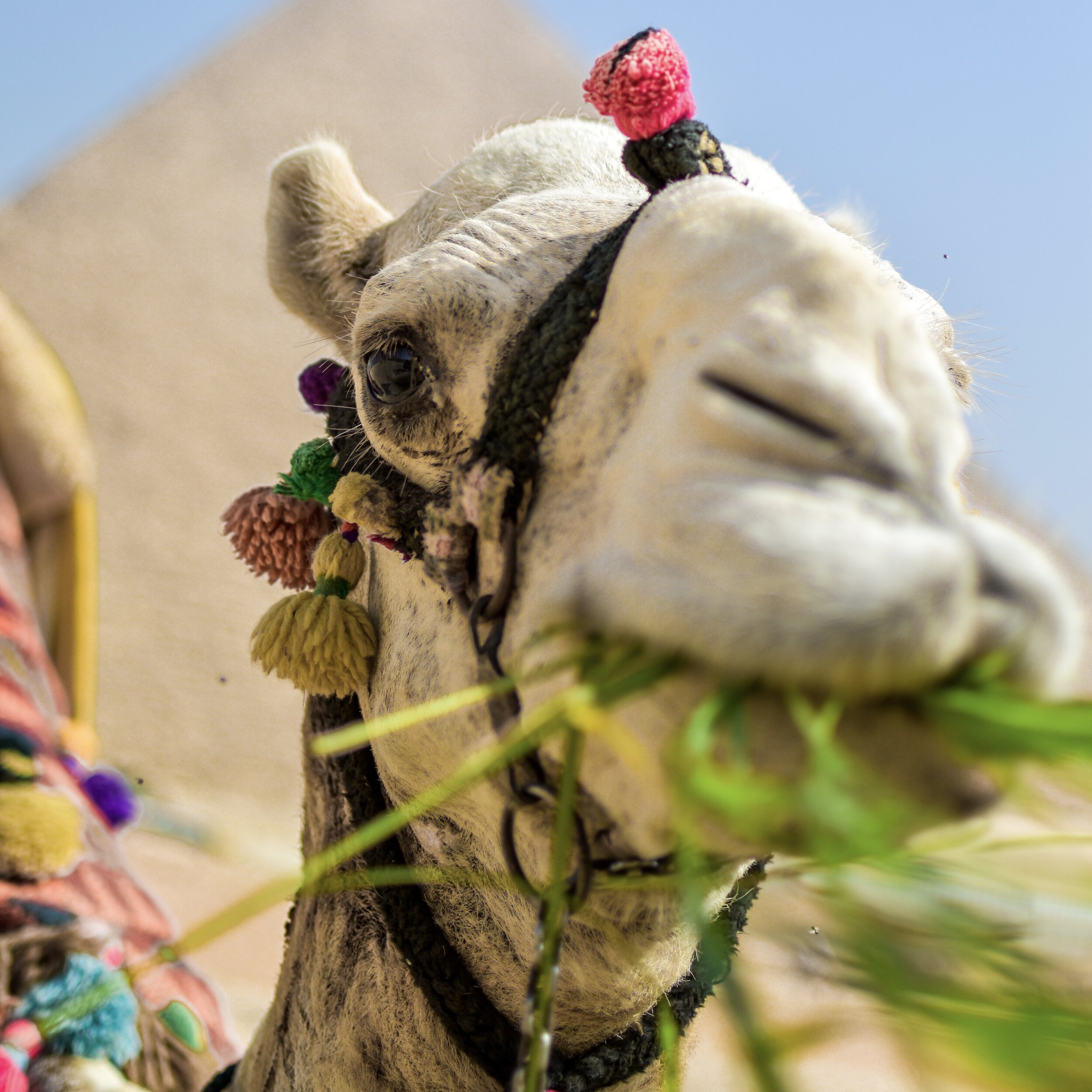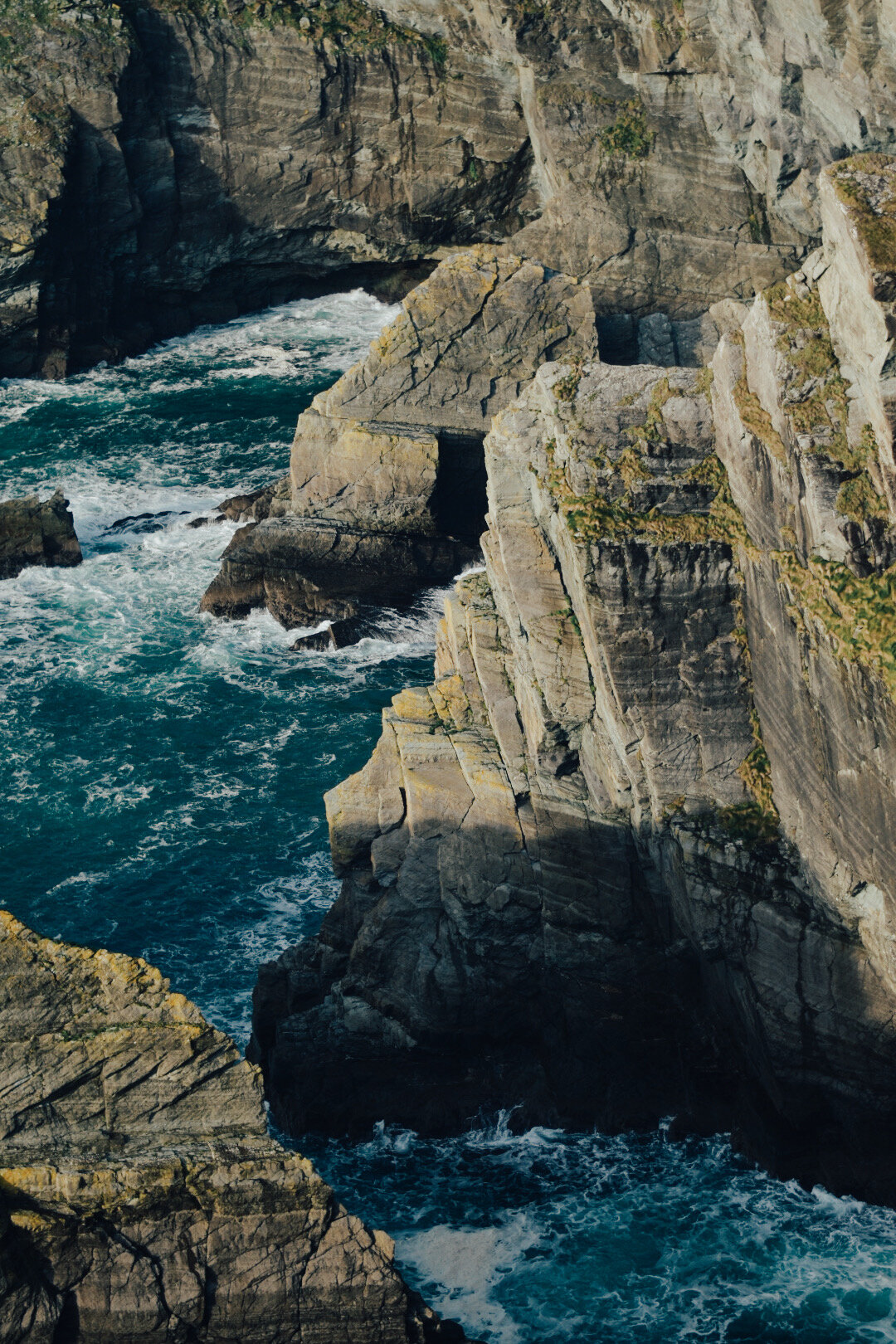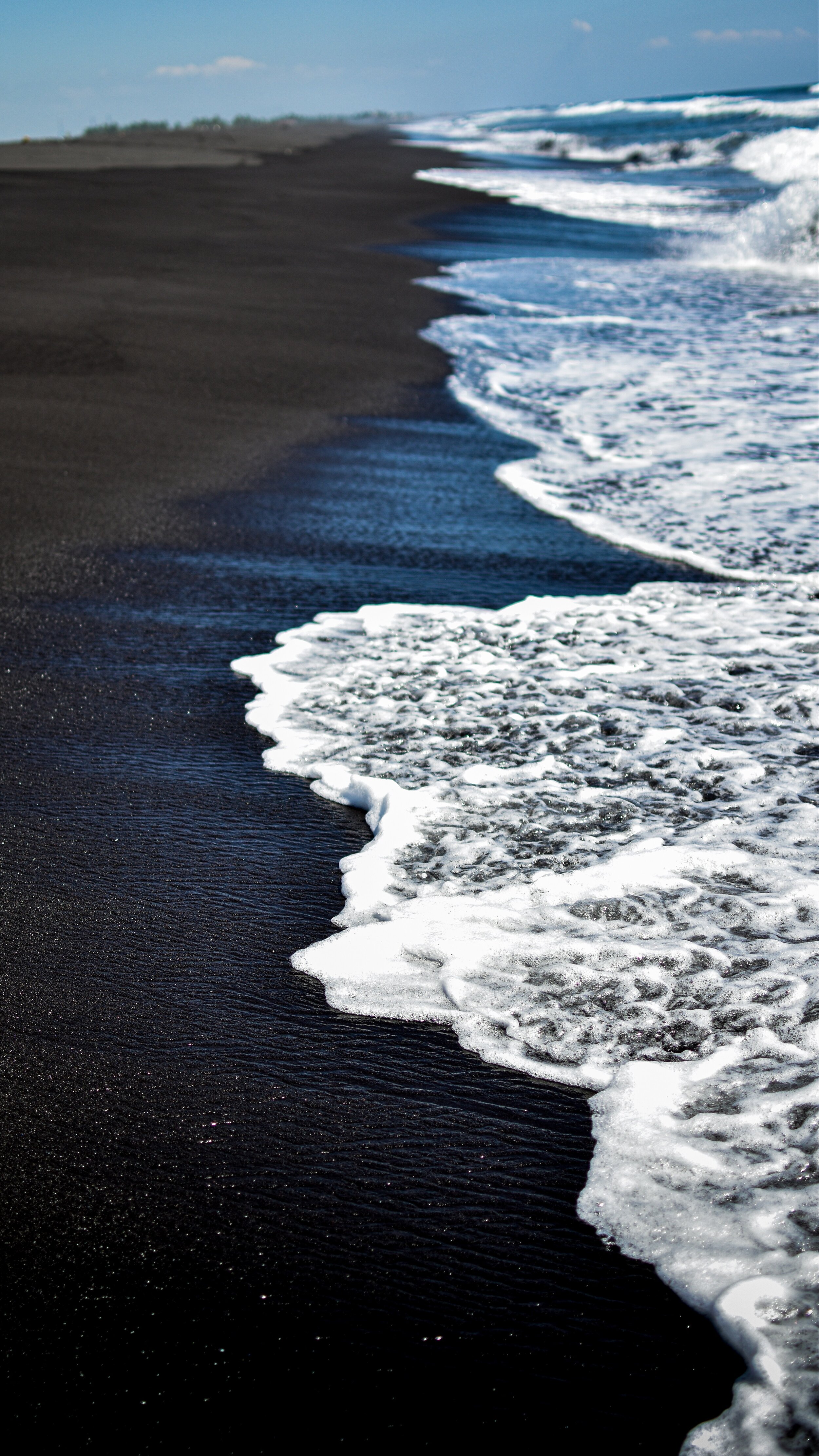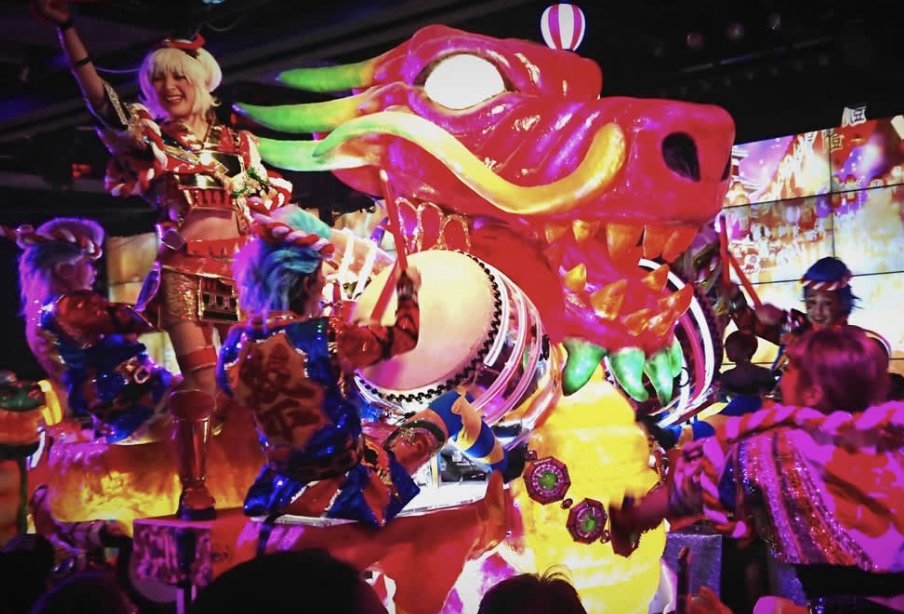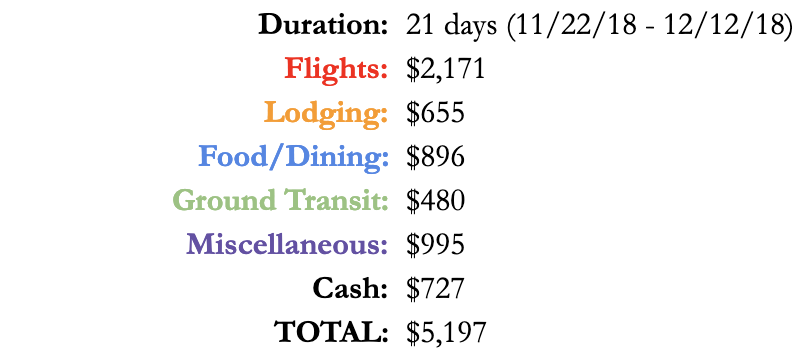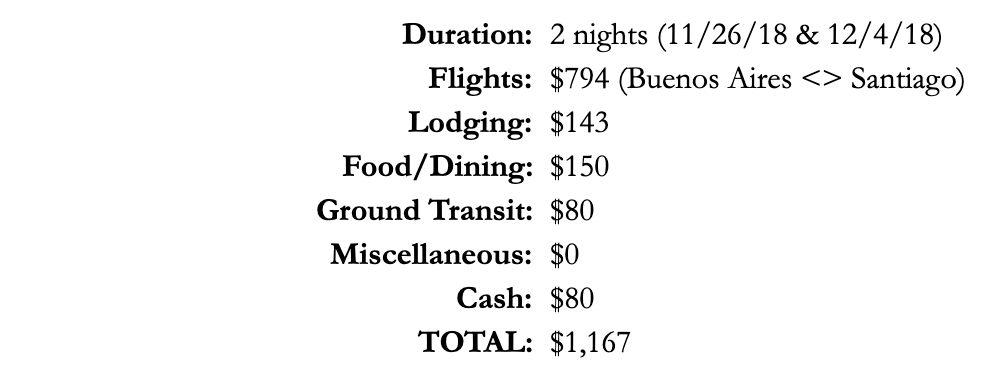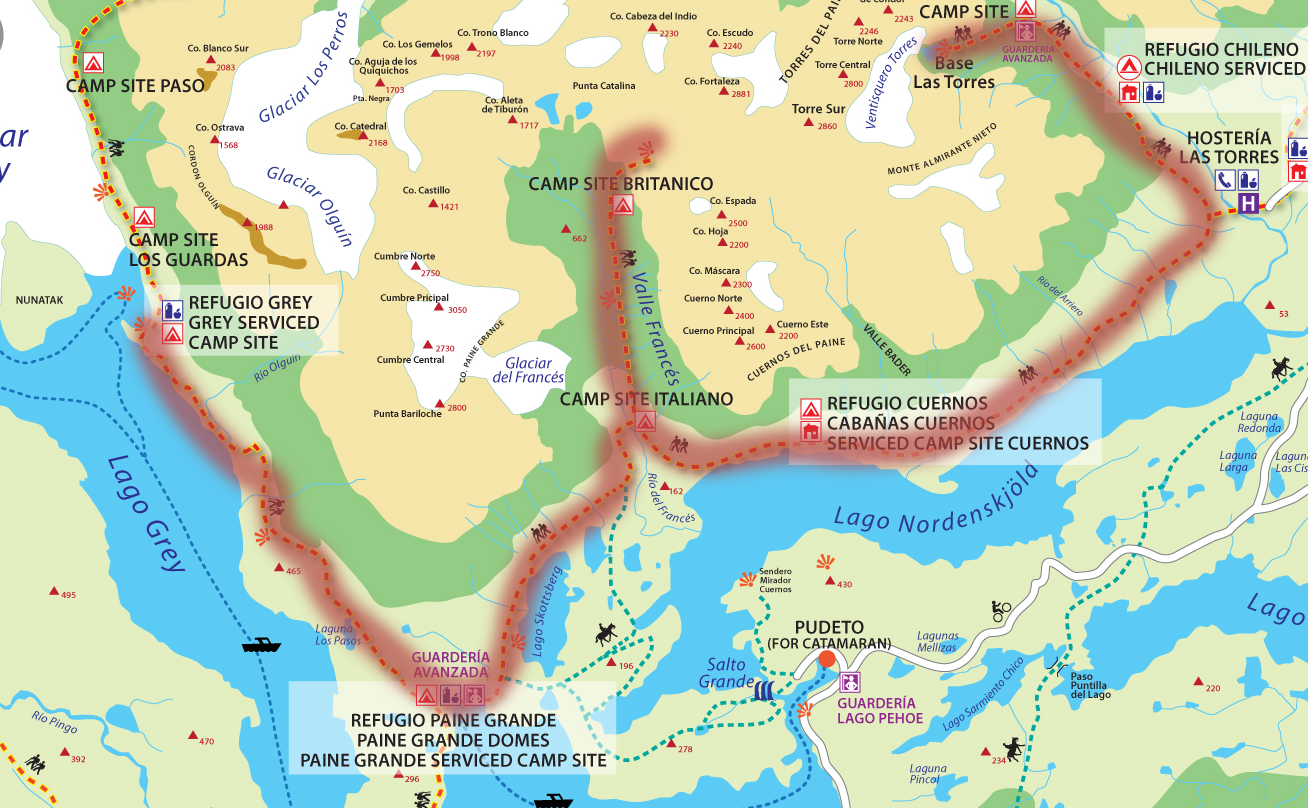Hello and welcome back to deaniebabies.com! It’s been a while since my last post. To be perfectly blunt, I don’t enjoy writing. It’s something I have to sit down and really try hard at. I’ve been this way my whole life. But I’d like that to change! I once heard someone say “read what you love until you love to read,” and I’m going to apply that same philosophy to writing. I’ll write about what I love until, hopefully one day, I love to write.
Back in October/November Caelynn and I were presented with an amazing opportunity to travel to one of the most famous family of islands known to man, the Galapagos. Ecoventura and Relais & Chateaux invited us onto one of their vessels to spend a week exploring new places, learning about new animals, and seeing things I’d only ever dreamed of. Now, let’s get to it.
Getting there:
As some of you may know, Caelynn and I split time between Las Vegas and Los Angeles. We love them both for different reasons. Traveling out of LAX, especially internationally, is usually easier and less expensive than LAS. We flew with Avianca LAX -> BOG -> UIO -> SCY with an overnight layover in Quito. I don’t know about you guys, but for some reason sitting on an airplane for 8+ hours drains my energy. We arrived in Quito around mid afternoon and took a shuttle directly to our airport hotel. There, we just chilled out, ate dinner, and turned in early. Our flight out the next day was early enough to dissuade us from traveling into the city proper, convinced we could explore a bit more on our way home.
The next morning we hopped on our plane that’d take us to San Cristobal. The flight itself was only about 4 hours total with a quick stop halfway (we didn’t deboard). Upon arrival at San Cristobal, we cleared customs and were met by our amazing tour guides. They told us to hang tight while the rest of our group worked their way through customs. This whole process took about 30 minutes and then we were on a shuttle taking us to our home for the next 6 nights.
Boarding the ship:
At the dock, we hopped on a small zodiac that jettisoned us over to our main vessel. I haven’t spent much time onboard a boat but this one seriously took my breath away. It was a three-story yacht with probably 10 or so rooms. I was expecting our room to be a small cot-style abode, prioritizing efficiency over comfort. I was wrong. We had our own room with a king size bed, ensuite bathroom with a shower, and incredible views looking out the side of the ship. The next floor up was the dining area, lounge/briefing room, and coffee cart. One floor above that was the top level and outdoor deck area, this is where we spent most of our time. The ship even had a small gym tucked in a downstairs corner and merch shop not too far away.
All in all, there were about 16 passengers from all over the world. The people that really stole the show were the crew. Our two guides were incredibly knowledgeable and they sat us down right away to give us a rundown on what we could expect. The food staff was always vigilant, taking drink orders and ensuring snacks were always laid out for us to enjoy at any moment.
Once we covered the course that was charted for us, what we would see, and handled all the introductions, it was time for dinner. The first night we stayed in the port at San Cristobal, waiting for morning to set sail.
The voyage:
There really is only one way to see the Gallapagos, and that’s with a certified crew like Ecoventura. All visits are methodically planned and permitted, it would be impossible to come to this place and fly solo. On the 2nd morning, we disembarked for our first island of the trip. There was never a point on the journey where it felt like we hadn’t had the chance to experience something new for more than a few hours. They did a great job of plotting the perfect course, navigating through the night while we were asleep, and keeping us active and engaged even during the down times.
The Galápagos Islands are some of the newest islands in the world due to incredible volcanic activity all around the area. Even now, new land mass is being created and the islands are expanding and evolving. There are so many amazing animal species here that don’t exist anywhere else. I couldn’t imagine a more perfect place for anyone that’s interested in wildlife photography or if you’re just looking for a new and unique experience.
As we boarded the zodiac that would act as our transport to the first island we visited, it was clear to me that we were in for a great time. We pulled ashore and were instantly greeted by an adorable sea lion cub playing with her mother. From there, the guides spoke in depth on every bird species (there are many) that we came across. Their knowledge seemed to know no bounds. We had a great group of strangers with us, always asking questions I wouldn’t have thought to ask but that I was interested in learning more about.
Our group visited a total of probably 5 islands by land, and several islands by cruising around on the zodiac only. The land experiences were great. I haven’t dabbled much with wildlife photography so I wasn’t sure what to expect but it blew me away. Caelynn and I were constantly pestering each other for the 70-200mm f2.8 lens that we share. Of course, the signature bird of the Galapagos is the Blue Footed Boobie. It’s distinct color in its feet make for one incredibly photogenic species. By zodiac, we saw many sharks, sting rays, and turtles. On land we saw countless lizards, tortoise, and nesting birds.
Every day presented us with a new experience. Even during the down times when we were encouraged to chill out and rest, they’d offer things like kayaking around the bay, snorkeling around the islands, or (as Caelynn and I did most) lounge on the sun deck and read a nice book.
Three times a day, the food staff would roll out some of the most amazing food I have ever eaten. Breakfast and lunch were buffet style, offering local Ecuadorian cuisine that you could enjoy until you’re ready to pop. Every night had a small, but diverse, food menu to order from. Each dinner was 3 courses (appetizer, main, dessert) and not a single one of them left us disappointed. Caelynn is pescatarian and I enjoy a good steak every so often which had us concerned in terms of options but there were always an option for any variety of diet. Even now, as I write, I’m salivating remembering how incredible the food was all that week.
The incredibly well-planned journey was done perfectly, even as it came down to duration. By the end of the trip, our eyes, heart, and bellies were as full as they could be. I always find these experiences so interesting because going into them you wonder to yourself how you’re going to get through the next week and how it seems like such a long journey ahead. But by the end you’re wondering where the heck the time went. That’s how this was for me. I was excited for the unique experience but I’m not much of a sailor so I had my concerns. As the trip came to an end I was shocked by how fast it seemed to have flown by.
Final Thoughts:
I’d always known of the Galapagos of course but it never really crossed my mind to travel there. I honestly didn’t realize how accessible it was. Yes, we had our trip covered in exchange for our photography and other work, but it really was an enjoyable process and much easier to get to than I would have expected. Caelynn is the one who did all the planning and work to get us here. Had it not been for her, I never would have been able to enjoy this amazing place. She’s the best.
I also tend to steer clear of cruises if I can. I usually want to get on the ground and really dig into a place through hole-in-the-wall joints, local culture, and navigating myself through unfamiliar places. That said, it’s incredibly refreshing to sit back and let a well-trained team handle everything for you. There was never a moment where I felt yearning for anything other than what was right in front of me. And that’s entirely because of the team at Ecoventura and Relais & Chateaux.
If you’ve been on the fence about pulling the trigger and visiting the Galapagos, let this be your sign to take the plunge and give it a shot. It was a perfect mixture of adventure and comfort. It’s often challenging for Caelynn and I to both enjoy a trip, it’s common for us to be too far on either extreme. This trip gave us everything either of us could have ever asked for (and more). On top of all that, we learned a great deal about the ever-changing ecosystem, introduced to so many new species we may never get to see again, and got to meet some awesome people from all around the world.
Caelynn’s Corner
I had an amazing time exploring the Galapagos. We saw flamingos, penguins, blue-footed boobies, baby sharks, and so many other animals. The animals and the land are very well protected which was nice to see. Each day we explored two islands and then we would come back and relax on Ecoventura. We went at a great time when it wasn’t too hot. Our guides said there are a lot of mosquitos during the summer, so I was thankful we went in the winter. All in all it was an incredible once in a lifetime experience.
